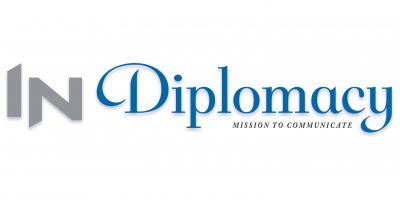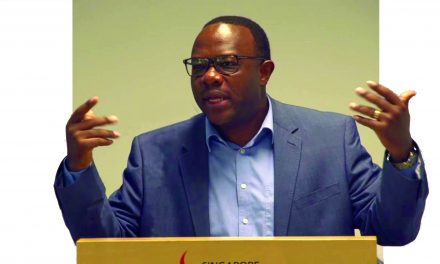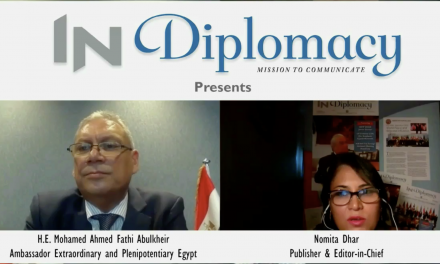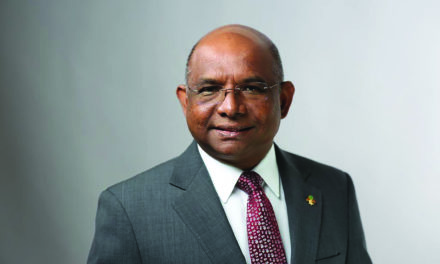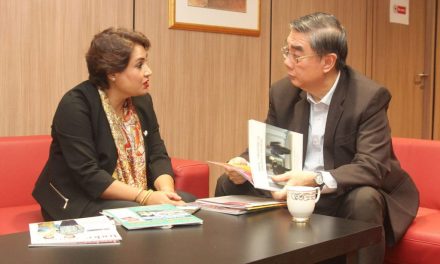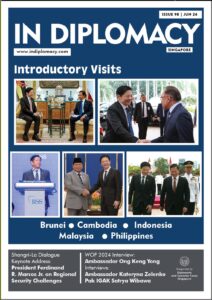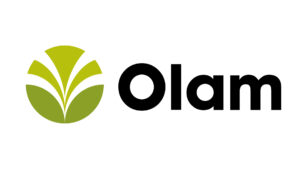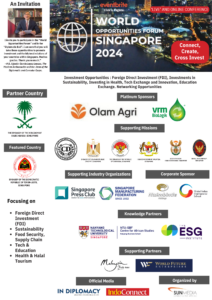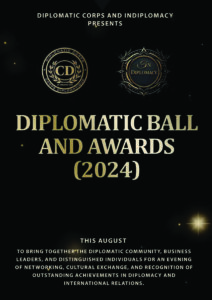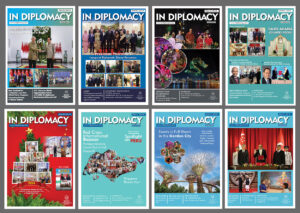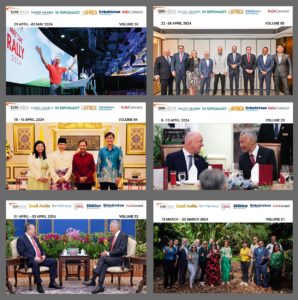New Zealand’s High Commissioner, HE Jo Tyndall, brings a fresh outlook to her diplomatic moves in her new charge as NZ’s top diplomat to Singapore in a conversation with IN Diplomacy Editor-in Chief Nomita Dhar. The country’s former Climate Change ambassador also shared her thoughts on tackling the global challenges facing the environment
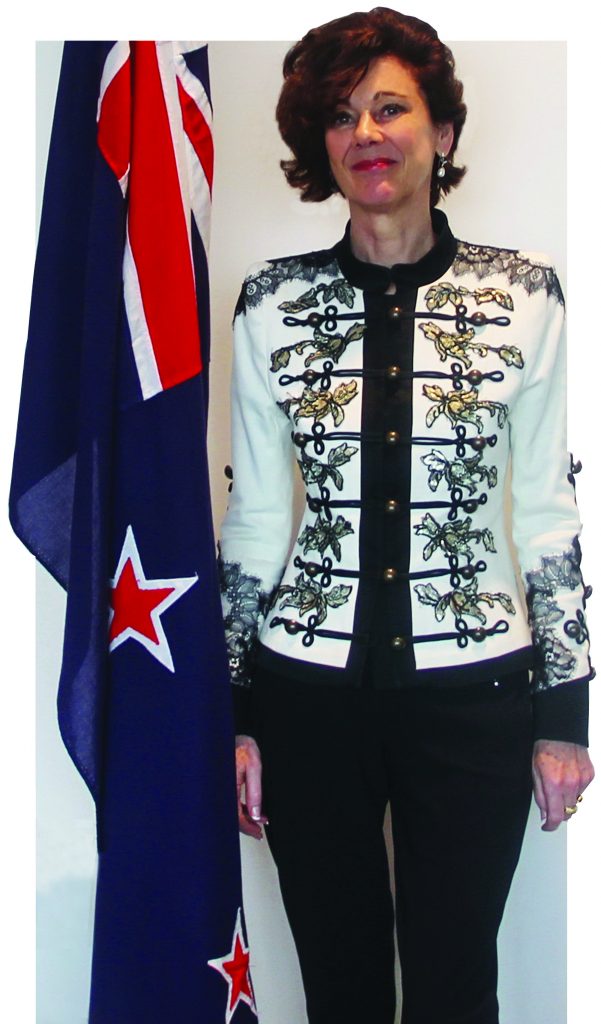 YOU have been here since March this year, what has it been like so far?
YOU have been here since March this year, what has it been like so far?
Time has really flown and I just love being here; almost everywhere I go people ask me how I’m making the transition to Singapore. But really it is such an easy country to move and adjust to — even the heat — one manages to cope with that. It’s a country and city that functions well. There’s so much to do, so much to see; the people are incredibly friendly and the diplomatic corps here, I must say, is extremely welcoming and very active as well.
Can you share with our readers briefly where you were before coming to Singapore?
Prior to my coming here to Singapore I spent several years as New Zealand’s Climate Change Ambassador, leading for New Zealand the international negotiations for the Paris Agreement, and then co-chairing negotiations on the, so called, Rule Book, which underpins the Agreement. The focus on climate change and other environmental challenges is growing, and very evident here in Singapore. It’s so good to see multilateralism driving action and delivering results – even if we all still need to pick up the pace.
What are the recent highpoints of the bilaterals between our two countries?
The relationship between Singapore and New Zealand is a very important and close one for us. Fortunately the highlight for me, so early in my time as High Commissioner, has been the visit of our own Prime Minister, Jacinda Ardern, here on 17th May on an official visit, when she and Singaporean Prime Minister Lee Hsien Loong launched an enhanced partnership between New Zealand and Singapore. This was the culmination of about three years of considerable negotiations and discussion, and it’s a really wide-ranging agreement between our two countries that covers defence and security, trade, economic issues, science and innovation, and people-to-people links, so it’s very comprehensive and it pulled together, on both sides, at least 20 different government agencies. So the partnership agreement itself is an umbrella that pulls the threads of our bilateral relationship together, and brings in new initiatives that really provide a platform for taking the relationship to the next level.
So that really starts a very important roadmap for your next few years in Singapore. What would you like to start with first?
It’s perhaps not a question of picking priorities, because we want to advance everything under the enhanced partnership. I was a bit surprised when somebody said to me after the Prime Minister’s visit: ‘Well now that’s happened, what are you going to do for the rest of your posting here?’ But of course, while it’s the end of the negotiation phase, it’s the beginning of implementation.
So my focus is on all four “pillars” of the enhanced partnership and we have a pretty comprehensive plan for how we want to take it forward (with details for at least the first year); we need and want to work at both ends of the relationship for that and part of it is about making sure we do all the things we promised to do: the various dialogues, the information sharing exercises, the exchanges – people-to-people exchanges and so on, that form part of this partnership. We need to make sure the things we’ve jointly committed to do happen.
The second priority is to raise awareness in New Zealand and Singapore of the existence of the enhanced partnership. That doesn’t mean going into the (tedious to most) details of e.g. the 700 pages of the upgraded economic partnership treaty, but to really bring alive for people what opportunities are created by the partnership agreement.
And I guess the third thing is to work towards something ‘big’, but it is still in early planning stages — something to mark our anniversary at about this time next year.
To generate awareness will there be more events, activities and publicity?
We plan to use multiple avenues. That includes traditional and social media, and some would be event-focused, using the opportunities created by the various dialogues and so on, which are being envisaged by the enhanced partnership. I also hope to head home to New Zealand to spread the good word around the country to make sure that New Zealand businesses, and New Zealanders generally, are aware of the opportunities they can take forward from here.
How large is the New Zealand community here in Singapore? How does your mission engage with them?
We don’t have exact numbers, but it’s our estimate that there are about 4,000 New Zealand residents here for various reasons in Singapore. So we connect with them in a number of ways through the New Zealand Chambers of Commerce and the Australia-New Zealand Association; we also look forward to opportunities to have contacts with New Zealand residents here in small or larger groups. Each year we have a celebration of Waitangi Day, our National Day, which is in February, that we do in conjunction with a school here. It’s a bit of a family fun day that is very well received by the community.
As NZ’s representative here, what would be your message to Singaporeans now that this treaty is in place?
I think, often, internationally, when people think of New Zealand they think of sheep and Lord of the Rings. I want people to not just think of those things, but to think of New Zealand as a sophisticated, innovative and creative economy and society, full of warm hearted people who love to engage with visitors; so if you think about sheep, what sits behind it is our focus on food…our primary production and what those sheep and cows produce. And if you think of Lord of the Rings, what sits behind that is not just the beautiful scenery; it’s also the cutting edge technology that brought a fantasy world to the screen and connected with people all over the globe. So it’s what sits behind the top of the mind that I want people to be thinking about when it comes to New Zealand.
Coming back to the balance in trade between New Zealand and Singapore; in whose favour does it sway?
Singapore is a significant trading partner for New Zealand and the 10th largest investor in New Zealand. I don’t have the exact figures on hand for the balance in trade between our two countries but this two way trade between us was a little over $ 5 billion in 2018. So it’s quite significant.
Do you want to invite more Singapore investors to New Zealand? Which areas have the most attractive opportunities in your thinking?
There are many opportunities for Singaporeans, for investment, e.g. in hotels and property. There’s a lot of interest and activity in this already, so that’s a natural way for people to begin. There are other opportunities in fintech and agritech and other such areas.
There are a lot of Singaporean students who rank New Zealand high in their choice for study, will education be another area of focus?
That comes under the broad heading of people-to-people links. We are definitely looking at this. Education in New Zealand is part of our office here and they would export New Zealand as a destination for education. So that’s again a big focus area for us. Slightly related to this is that we are looking at a working holiday scheme which is always of interest to young people, particularly when they complete their studies.
That is a good initiative. I had read about a visa-free holiday. Could you please elaborate on this?
Yes. That was another outcome of the enhanced partnership agreement. The initiative of the 30-day limit of visa-free travel will increase from 30 days to 90 days. That’s a very important advancement to also enhance the ability of travellers to use smart gates, which is a nice way to enter countries— an easier way than queuing up for immigration.
Do you envisage more flights going from Singapore to New Zealand?
There are already at least 36 direct flights between our two countries each week and that’s quite significant. I believe New Zealand certainly has added, recently, extra seasonal flights, even beyond what’s already there. So there is absolutely no excuse not to travel between the two countries. There are also direct flights to Auckland and Christchurch.
What’s the kind of work that you were doing on climate change? Given your experience in this area what do you think can be done individually, in the light of rising concern about it globally?
Dealing with climate change is about an economic transformation around the world. To deal with an environmental problem we have to change our economies and here the biggest area is energy— which means moving away from fossil-based energy generation to renewable energy — and part of this is transport. In New Zealand our biggest problem is sheep and cows because they produce methane gas. In a number of areas there are alternatives we can move towards, but in some other areas we don’t know quite what those alternatives are yet. But there is plenty that can be done on the basis of technology. Things have started to happen, but we need to pick up the pace. I think what’s important is it has to work not just at the government level but also at an individual level. So I’ve already started thinking about how I’m going to get around…instead of a car taking public transport for example. We need to start thinking about what we are eating…about using plastic…
Do you think that education in climate change, at a very early stage in school together with subjects such as maths or science can help make a difference in the long run? 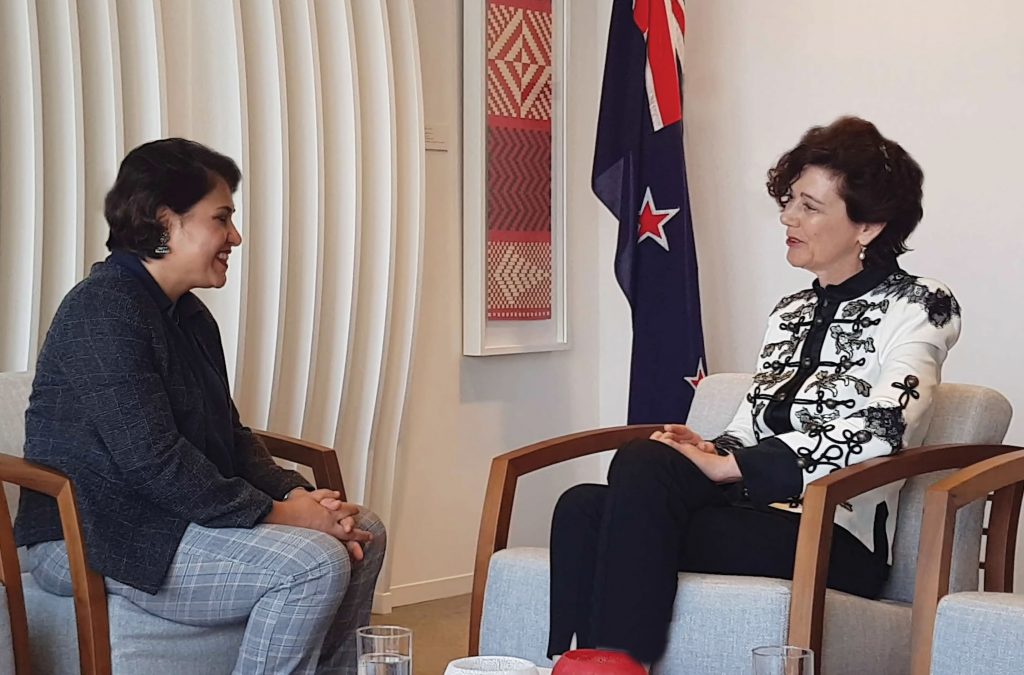
I think that’s very important if climate change and its impact are taught about at a very early age in a more systematic manner for people to benefit from. I think it’s a phenomenon the world over, that as young get to the voting age it’s very clear to them that environment and climate change is a big priority for them. I think its shifting, it is changing the thinking of people— but we need to speed up the pace because we have so much to do and quickly, to turn the tide.
Do you have any favourite places and pastimes in Singapore that you do for the weekend?
I am getting around, but I think there is an enormous amount of places left to explore. I am checking things out for myself but I’ve also got a queue–full of visitors lining up to come and see me over the next few months. So I’m leaving things to explore with them. The greenery here — there’s been a very conscious effort to make this city into a garden. So, though the city is so densely populated it doesn’t feel that way. I haven’t been to visit as yet, but I’ve been told I should visit the Zoo. I have been to a few museums and galleries and started to get a feel of Singaporean history and culture. Presently I’ve started to work on my outfit for the National Day Parade. Many told me I cannot turn up in anything but red!
